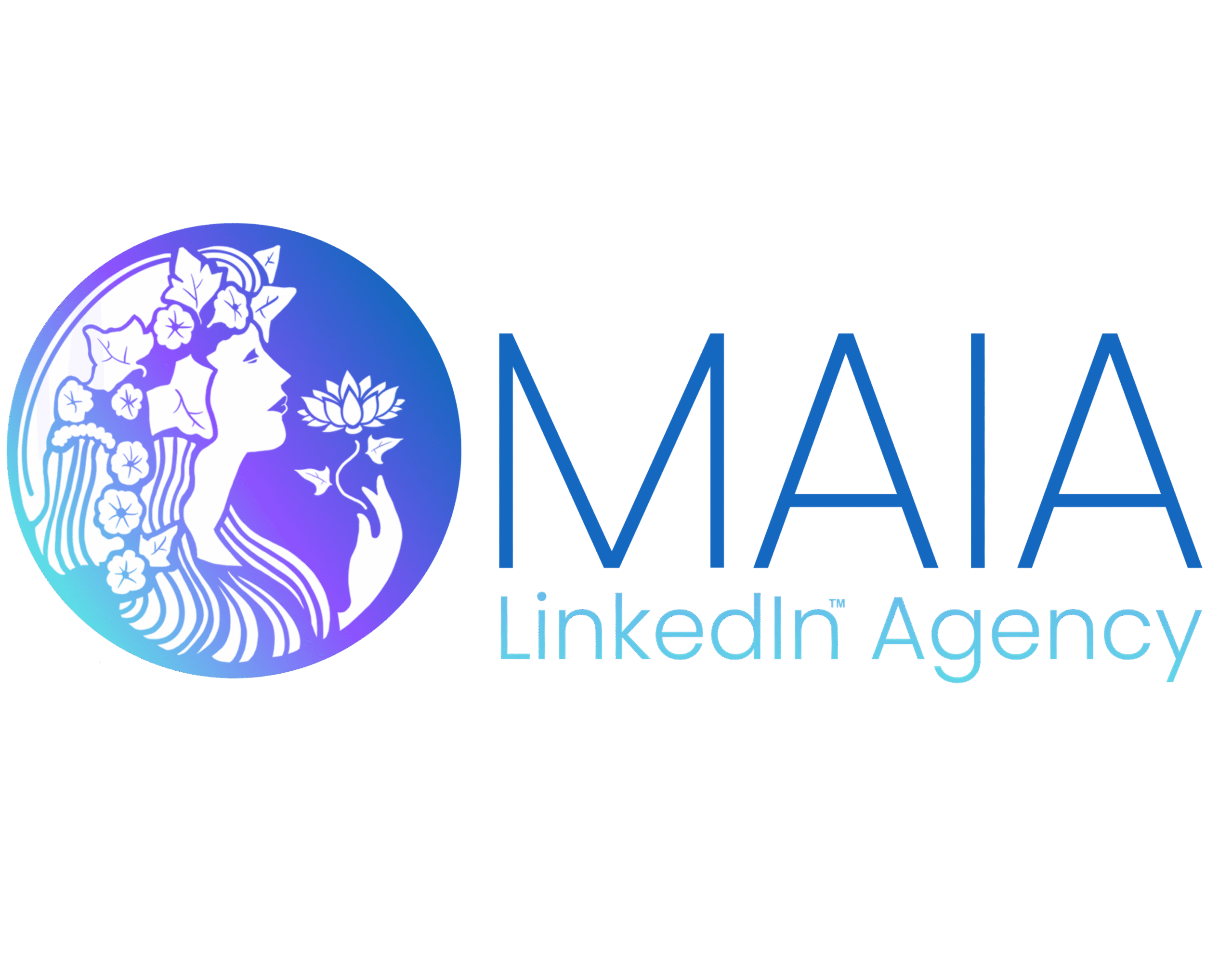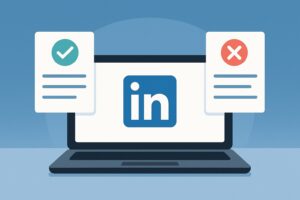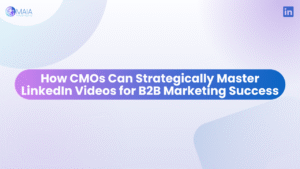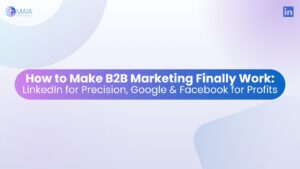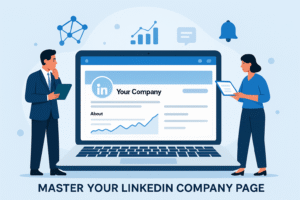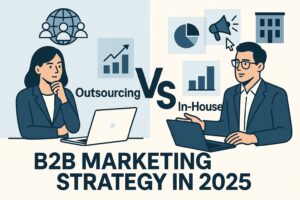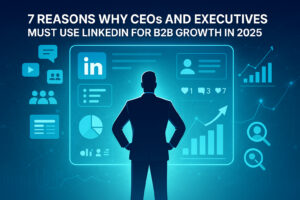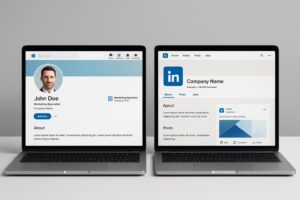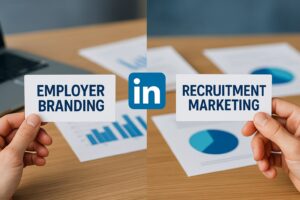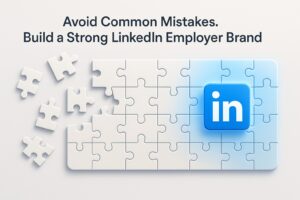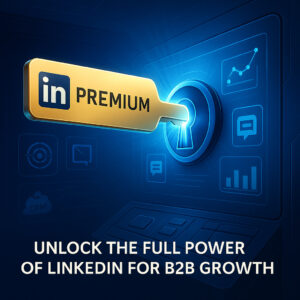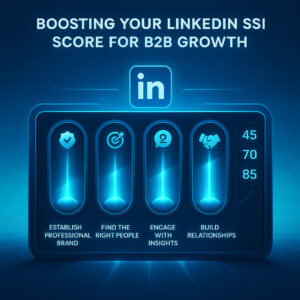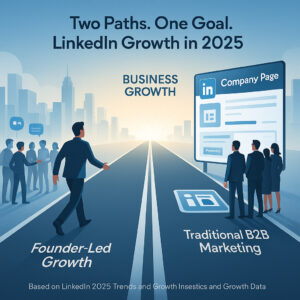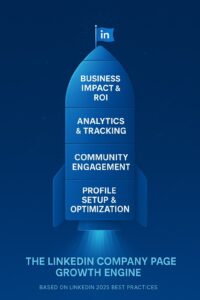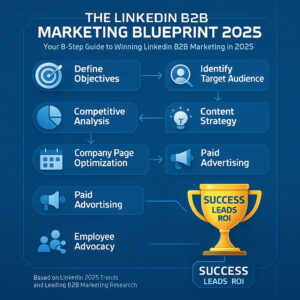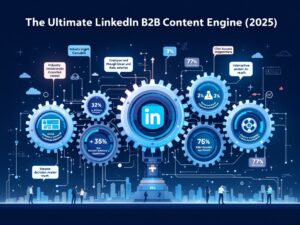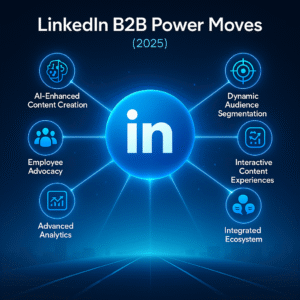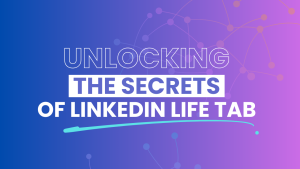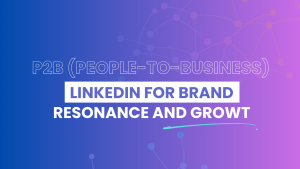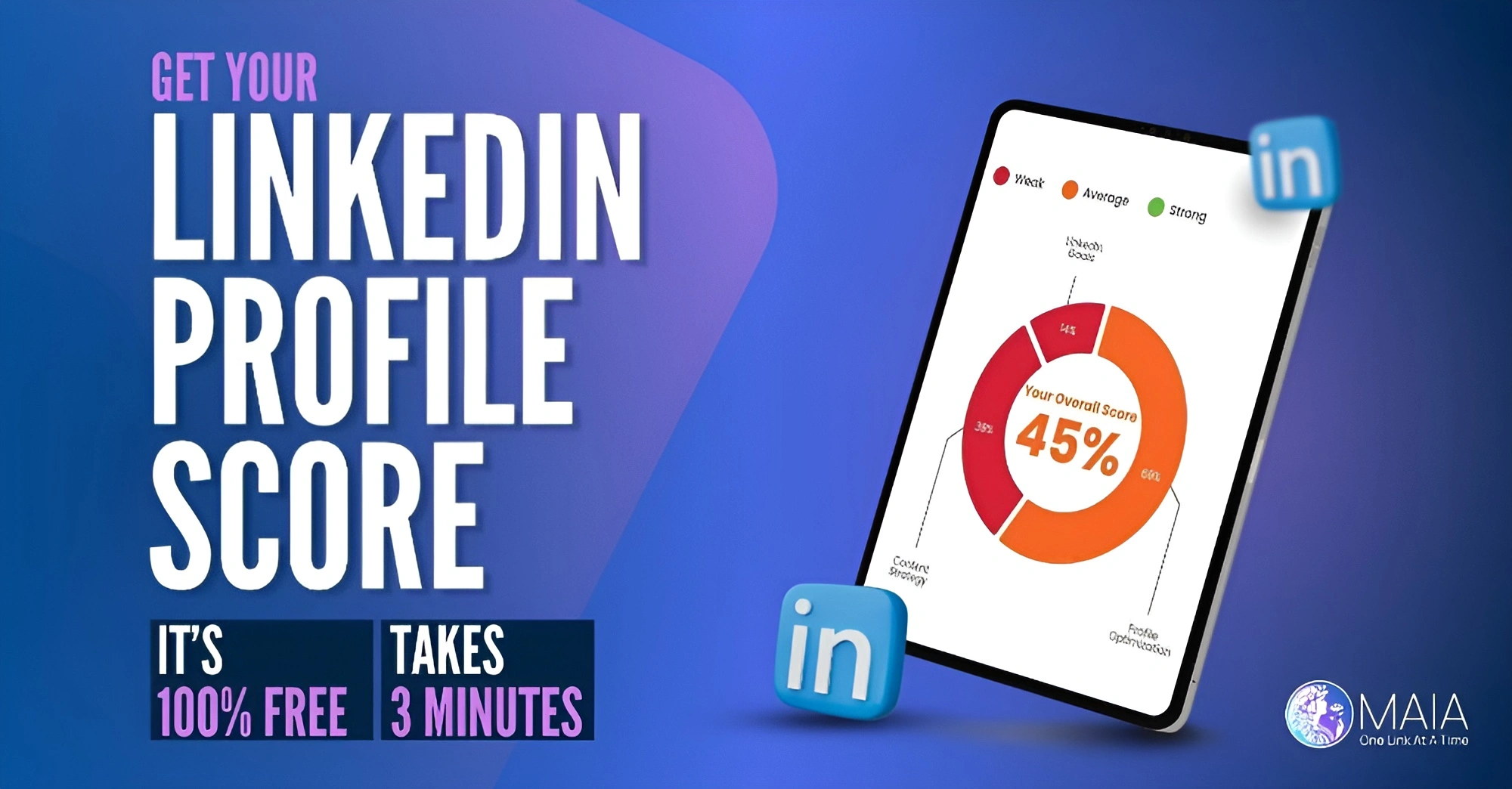LinkedIn stands as a powerhouse for professionals and businesses seeking to build credibility, connect with their audience, and drive growth in the B2B landscape. With its ever-expanding user base and advanced networking features, understanding the distinctions between a LinkedIn profile and a company page is essential for maximizing your impact on the platform. Whether you’re an entrepreneur, marketing leader, or business owner, leveraging both elements thoughtfully can help you strengthen your brand and reach strategic goals on LinkedIn.
Understanding the Differences Between a LinkedIn Profile and a Company Page
Introduction
LinkedIn’s role in shaping professional narratives and business growth continues to expand. LinkedIn has over 1 billion members worldwide as of 2024. This vast network provides unmatched opportunities for individuals and organizations alike to showcase expertise, build relationships, and attract new business prospects. However, to unlock LinkedIn’s full potential, it’s critical to understand the core differences between a personal profile and a company page. Each serves a distinct purpose, and knowing when and how to use them can be the difference between simply participating and truly thriving on the platform.
In this article, we’ll clarify the fundamental features, roles, and best practices for both LinkedIn profiles and company pages. By the end, you’ll have actionable insights to optimize your presence, amplify your brand, and drive meaningful engagement—whether that’s as an individual leader or as a representative of your organization.
What is a LinkedIn Profile?
A LinkedIn profile is a personalized page representing an individual on the platform. It serves as a digital résumé, portfolio, and networking hub for professionals across industries. A profile includes key information such as your name, photo, headline, work experience, education, skills, and endorsements. It’s where you highlight your achievements, share your story, and connect with peers, recruiters, and potential clients.
Key features of a LinkedIn profile include:
- Personal Branding: Showcase your expertise, career milestones, and thought leadership.
- Networking: Build and nurture professional relationships through connection requests, messaging, and engagement on shared content.
- Content Sharing: Publish articles, share updates, and comment on industry trends to stay visible and relevant.
- Job Search and Recruitment: Signal to potential employers or clients that you are open to opportunities.
Your LinkedIn profile is inherently personal, reflecting your unique voice and professional journey. It’s the foundation for building trust and authority within your network, while also serving as a critical touchpoint for business development and career advancement.
What is a LinkedIn Company Page?
A LinkedIn company page, on the other hand, is specifically designed for businesses, organizations, and institutions. It acts as your company’s official presence on the platform, enabling you to share your brand story, promote products or services, and engage with followers at scale. Over 67 million companies have a LinkedIn presence.
Key features of a LinkedIn company page include:
- Brand Visibility: Establish credibility and increase awareness of your company among potential clients, employees, and partners.
- Content Marketing: Share company news, industry insights, and thought leadership to position your brand as an authority.
- Talent Acquisition: Post job openings, attract top talent, and showcase your company culture.
- Analytics and Insights: Access detailed metrics on follower growth, engagement, and content performance to inform strategy.
Company pages are managed by designated administrators and can feature multiple page owners. They are essential for organizations looking to cultivate a professional brand on LinkedIn, foster community, and convert followers into leads or customers.
Key Differences Between LinkedIn Profiles and Company Pages
Although both profiles and company pages exist within the same ecosystem, their purposes and functionalities are distinct. Understanding these differences is key to leveraging LinkedIn effectively for both personal and organizational growth.
-
Ownership and Representation:
- LinkedIn profiles represent individuals and are managed solely by the account holder.
- Company pages represent organizations and can be managed by multiple administrators.
-
Connection vs. Follower Model:
- Profiles build networks through direct connections, enabling two-way communication.
- Company pages gain followers, allowing for one-way communication unless followers engage with content.
-
Content and Engagement:
- Profiles tend to share more personalized content, such as career updates or personal viewpoints.
- Company pages focus on business news, product updates, and industry insights.
- LinkedIn posts with images see 2x higher comment rates.
-
Features and Tools:
- Profiles offer features like endorsements, recommendations, and private messaging.
- Company pages provide analytics dashboards, job postings, and advertising options.
-
Discoverability and Reach:
- Profiles are more likely to appear in searches for individual professionals.
- Company pages are optimized for organizational discovery and can be linked to employee profiles for increased visibility.
- 40% of LinkedIn users engage with business pages every week.
In summary, while LinkedIn profiles excel at personal networking and thought leadership, company pages are designed for unified brand messaging, marketing, and recruitment at scale. Utilizing both strategically allows for a comprehensive approach to LinkedIn marketing.
When to Use a LinkedIn Profile vs. a Company Page
Deciding whether to use a LinkedIn profile or a company page depends on your objectives and the message you want to convey. Here are some scenarios to help guide your decision-making:
-
Use a LinkedIn Profile when:
- You want to build your personal brand and establish credibility as an expert.
- Your goal is to network, engage in direct conversations, or seek new career opportunities.
- You wish to share insights, stories, or content from a personal perspective.
-
Use a Company Page when:
- Your objective is to grow brand awareness and reach a broader audience as an organization.
- You want to showcase your company’s products, services, or culture.
- You need to run targeted advertising campaigns or post job openings.
- LinkedIn pages that post weekly see 5.6x more follower growth.
For most businesses, the best approach is a hybrid strategy—leveraging the strengths of both profiles and company pages while ensuring consistent messaging and a cohesive brand identity across both touchpoints.
Best Practices for Managing Both Profiles and Company Pages
Successfully managing both your LinkedIn profile and your company page requires a strategic, coordinated approach. Here are some best practices to help you make the most of both:
- Align Branding: Ensure your profile and company page share consistent visual elements, messaging, and values to reinforce brand recognition.
- Engage Regularly: Post updates, share industry insights, and interact with your network. Remember, 40% of LinkedIn users engage with business pages every week.
- Leverage Analytics: Use LinkedIn’s analytics tools to monitor engagement, identify high-performing content, and refine your strategy.
- Empower Employees: Encourage team members to update their profiles and engage with company content, extending your reach organically.
- Incorporate Rich Media: Use images, videos, and infographics to boost engagement, as LinkedIn posts with images see 2x higher comment rates.
- Maintain Consistency: Post regularly on your company page, as LinkedIn pages that post weekly see 5.6x more follower growth.
For tailored LinkedIn strategies and hands-on support, consider consulting the experts at https://team-maia.com/ who specialize in B2B LinkedIn marketing and can help you maximize your results.
FAQs
-
Can I use only a personal profile for my business?
While you can promote your business through your personal profile, a company page offers additional features like analytics, job postings, and advertising that are essential for scalable growth and brand credibility.
-
Do I need a company page if I’m a freelancer or solopreneur?
If you operate under a business name or want to build a distinct brand identity, a company page is beneficial. It allows you to separate your personal achievements from your business activities.
-
How can I increase engagement on my company page?
Share valuable content regularly, use rich media, and encourage employees to interact with posts. Remember, LinkedIn pages that post weekly see 5.6x more follower growth.
-
What types of content work best for each?
Personal profiles perform well with authentic stories, career updates, and thought leadership. Company pages should focus on industry trends, company news, and educational resources relevant to your audience.
-
How do company pages help with recruitment?
Company pages allow you to post jobs, showcase your culture, and attract talent actively seeking new opportunities on LinkedIn.
Understanding and leveraging the differences between LinkedIn profiles and company pages is fundamental for building authority, trust, and engagement. By following best practices and aligning your strategy with your business objectives, you can ensure a successful and impactful LinkedIn presence.
